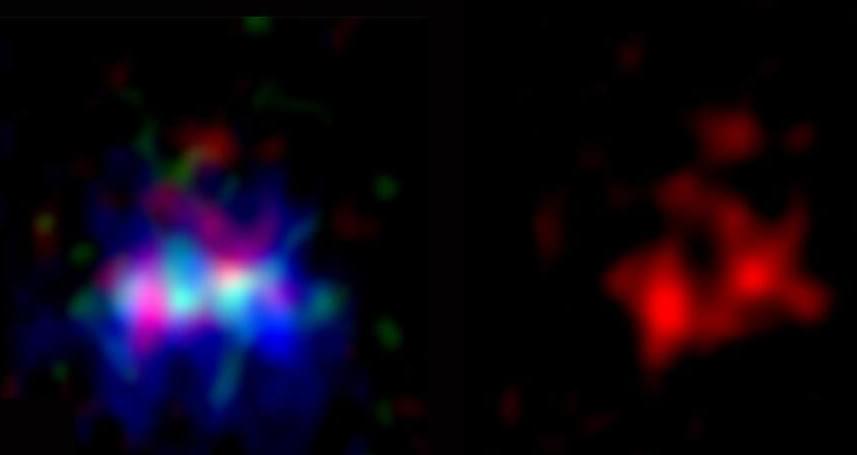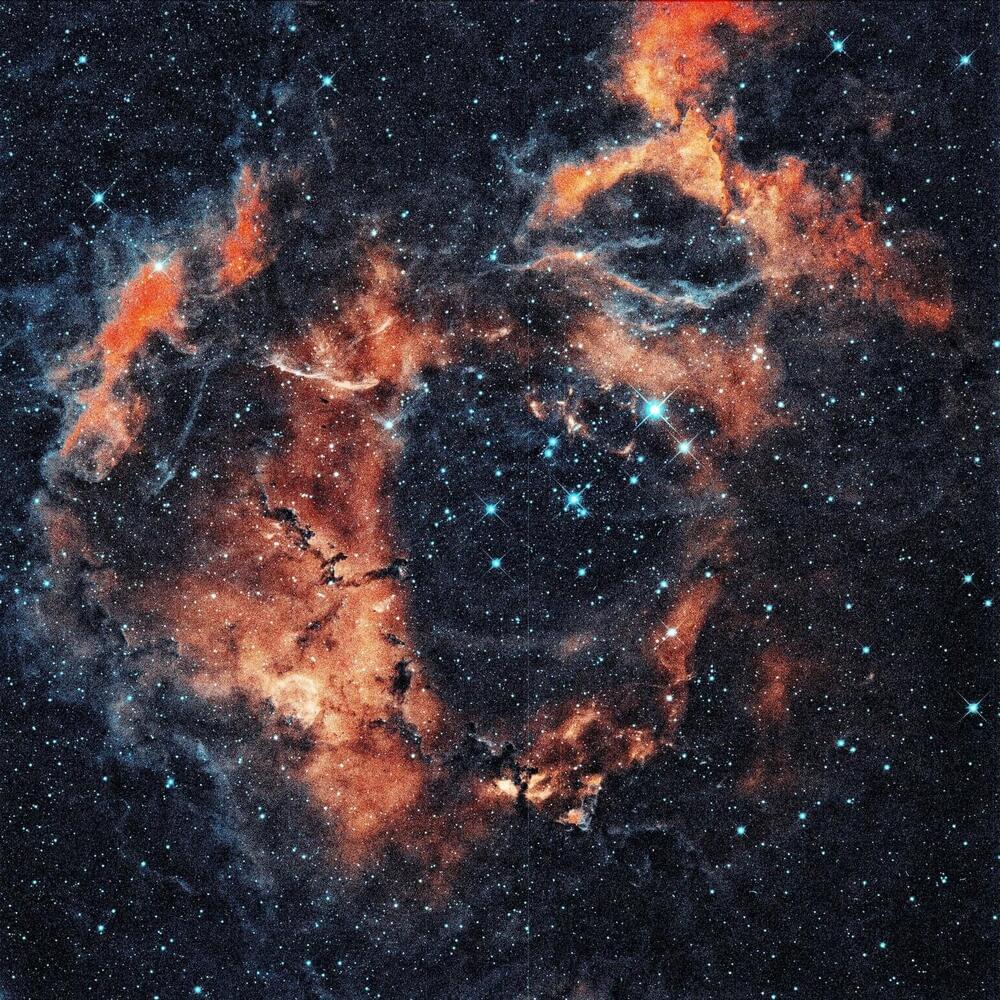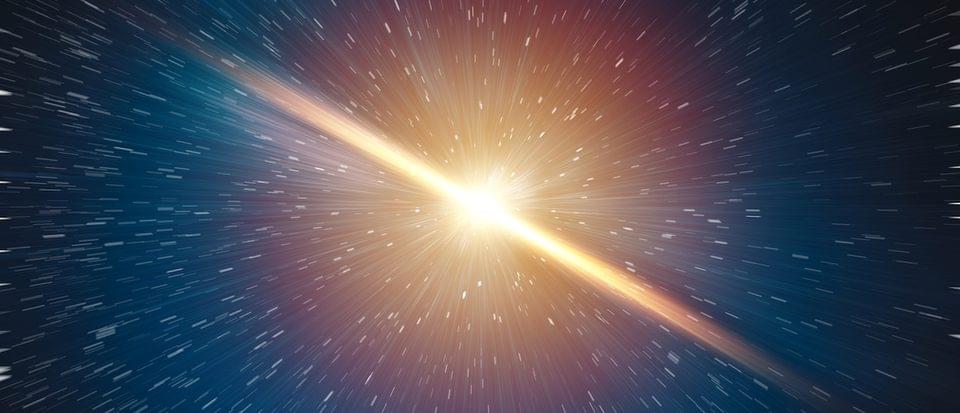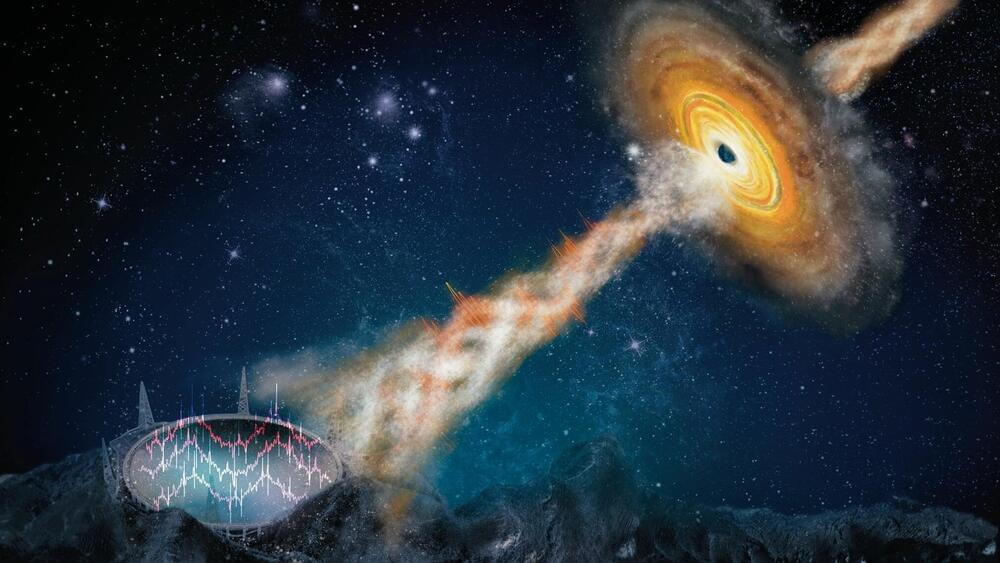A galaxy located 13.2 billion light years away that existed just 600 million years after the Big Bang is the home of the most distant sites of star birth and stellar death ever seen.


Watch over 2,400 documentaries for free for 30 days AND get a free Nebula account by signing up at https://curiositystream.com/upandatom and using the code “upandatom”.
New streaming platform Nebula: https://watchnebula.com/
The Anthropic Principle and why we might live in a multiverse.
Hi! I’m Jade. Subscribe to Up and Atom for physics, math and computer science videos!
*SUBSCRIBE TO UP AND ATOM* https://www.youtube.com/c/upandatom.
Visit the Up and Atom Store.
The Big Bang theory suggests that the universe emerged out of nothing, signifying the beginning of the universe. Before this, there was nothing — no time, no space. However, what if I told you that time doesn’t exist and that the Big Bang Theory is incorrect? Recent discoveries made by the James Webb Telescope provide evidence that challenges the validity of the Big Bang Theory.

Go to https://brilliant.org/drbecky to get a 30-day free trial and the first 200 people will get 20% off their annual subscription. A new research study has come out claiming that to explain the massive galaxies found at huge distances in James Webb Space Telescope images, the Universe is older than we think, at 26.7 billion years (rather than 13.8 billion years old). In this video I’m diving into that study, looking at what model they used to get at that claim (a combination of the expansion of the universe and “tired light” ideas of redshift), how this impacts our best model of the Universe and the so-called “Crisis is Cosmology”, and why I’m not convinced yet!
#astronomy #JWST #cosmology.
My previous YouTube video on how JWST’s massive galaxies are no longer “impossible” — https://youtu.be/W4KH1Jw6HBI
Gupta et al. (2023; is the universe 26.7 billion years old?) — https://academic.oup.com/mnras/advance-article/doi/10.1093/m…32/7221343
Labbé et al. (2023; over-massive galaxies spotted in JWST data) — https://arxiv.org/pdf/2207.12446.pdf.
Arrabal Haro et al. (2023; z~16 candidate galaxy turns out to be z=4.9) — https://arxiv.org/pdf/2303.15431.pdf.
Zwicky (1929; “tired light” hypothesis raised for first time) — https://www.pnas.org/doi/epdf/10.1073/pnas.15.10.
JWST observing schedules (with public access!): https://www.stsci.edu/jwst/science-execution/observing-schedules.
JWST data archive: https://mast.stsci.edu/portal/Mashup/Clients/Mast/Portal.html.
Twitter bot for JWST current observations: https://twitter.com/JWSTObservation.
The successful proposals in Cycle 2 (click on the proposal number and then “public PDF” to see details): https://www.stsci.edu/jwst/science-execution/approved-progra…cycle-2-go.
00:00 — Introduction: JWST’s massive galaxy problem.
Lecture from the 2nd mini-series (Is “God” Explanatory) from the “Philosophy of Cosmology” project. A University of Oxford and Cambridge Collaboration.

Dark matter isn’t just floating around filling up empty space. Importantly, it is found in clumps and structures, similar to ordinary matter. It forms the structure onto which ordinary matter gloms and is thought to be responsible for the structures of galaxies and the universe as a whole.
“We know that galaxies form in the scaffold that dark matter produces,” astronomer and early universe researcher Steve Wilkins of the University of Sussex explained. “It is an integral part of our universe to explain what we see.”
“We don’t have a firm theoretical handle on what dark matter should be.”

Throughout history, humans have gazed at the sky, contemplating the celestial lights, including the sun, the moon, and beyond. In those ancient moments, an insatiable curiosity ignited within them, urging them to seek answers about the origins of the cosmos. Over time, this burning curiosity has been passed down, compelling generations to develop theories in pursuit of one timeless question: Where did it all come from?
One of the most complete and widely accepted theories in this regard is the Big Bang Theory. The Big Bang is a scientific theory that proposes that the birth and development of the universe originated from a point in space-time called the singularity. Think of this in a way that all the matter and energy of the universe were trapped in an inconceivably small point of high density and high temperature (Williams & Today, n.d.). It is theorized to be a colossal release of energy that initiated the rapid expansion of the universe over 13.7 billion years that led to the creation of galaxies, stars, planetary systems and eventually humankind. What happened that led to the sudden expansion? This question continues to puzzle cosmologists, as the answer remains unknown to this day (What Is the Big Bang Theory? n.d.).
In 1915, while developing his General Theory of Relativity, Albert Einstein faced a challenge. If gravity were to solely attract all objects, the universe would ultimately collapse under its overwhelming force. However, observations indicated that the universe was not collapsing. To address this issue, Einstein introduced a cosmological constant into his equations. This constant acted as a counterforce to gravity and proposed a static model of the universe. Little did Einstein know that an astronomer named Edwin Hubble would soon contradict his proposed static model of the universe. Working at Mount Wilson Observatory in California, Hubble made a noteworthy observation in the late 1920s. He noticed a peculiar phenomenon known as redshift, where light emitted by celestial bodies moved toward the red end of the spectrum, indicating that they were moving away from us (Vogel, 2021).


Black holes are the most mysterious objects in the universe, with features that sound like they come straight from a sci-fi movie.
Stellar-mass black holes with masses of roughly 10 suns, for example, reveal their existence by eating materials from their companion stars. And in some instances, supermassive black holes accumulate at the center of some galaxies to form bright compact regions known as quasars with masses equal to millions to billions of our sun. A subset of accreting stellar-mass black holes that can launch jets of highly magnetized plasma are called microquasars.
An international team of scientists, including UNLV astrophysicist Bing Zhang, reports in Nature on a dedicated observational campaign on the galactic microquasar dubbed GRS 1915+105. The team revealed features of a microquasar system that have never before been seen.